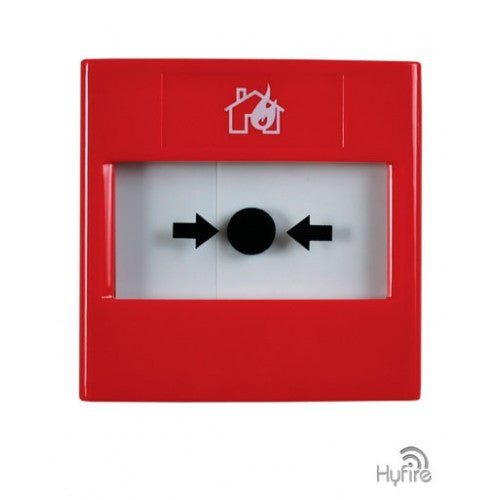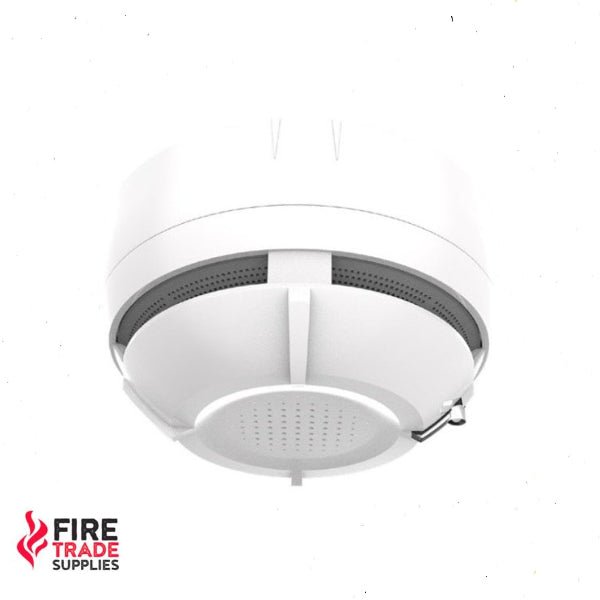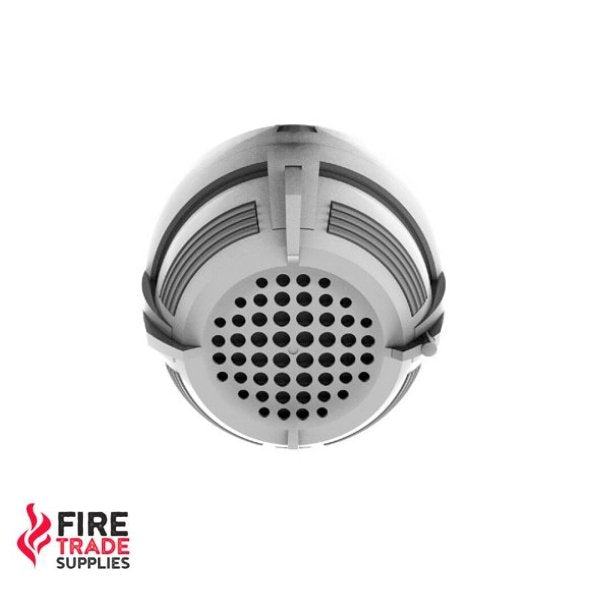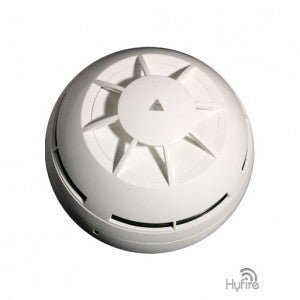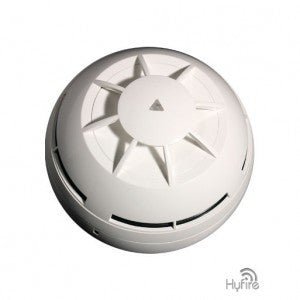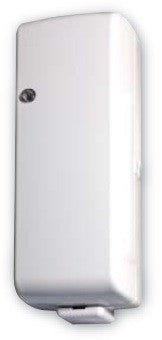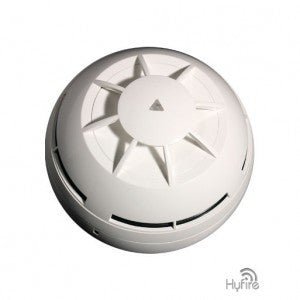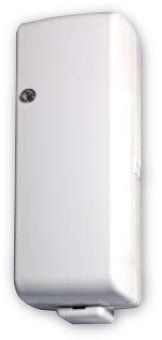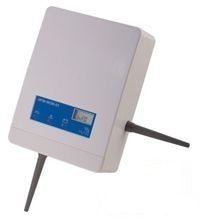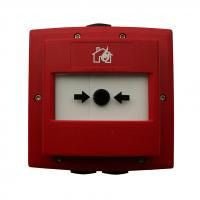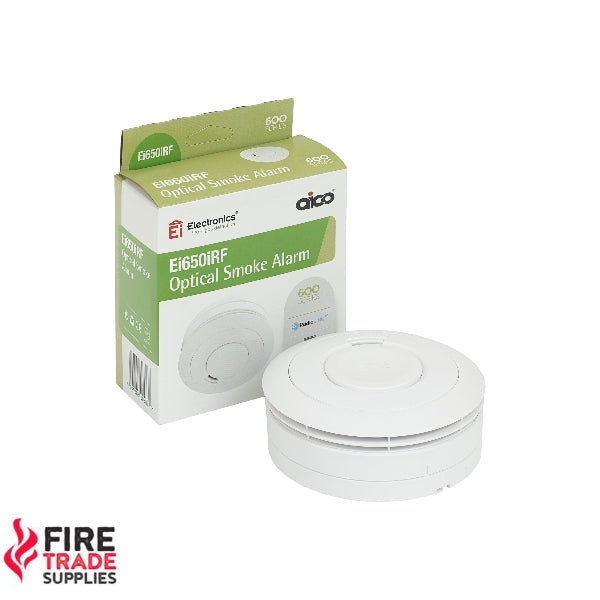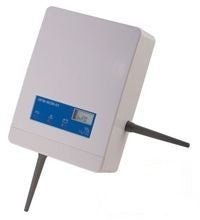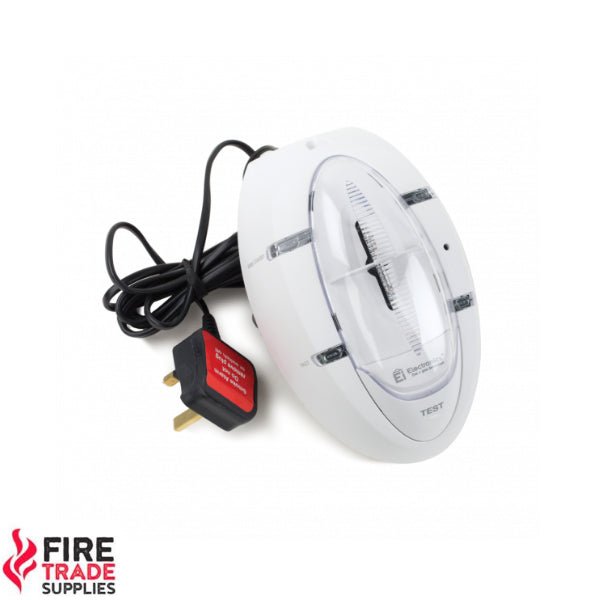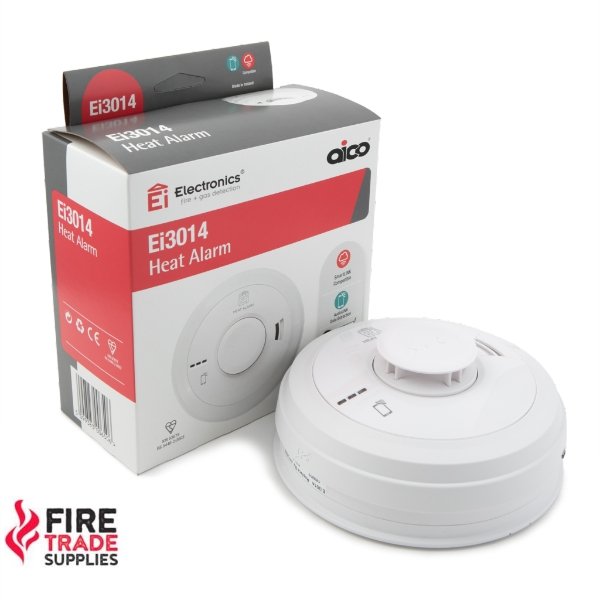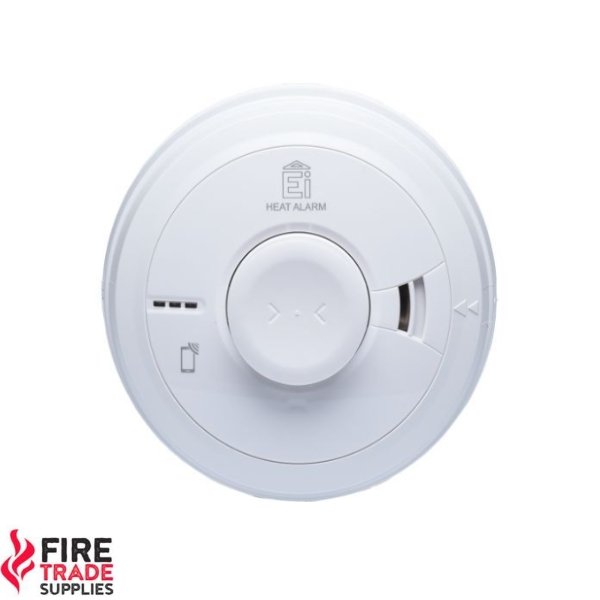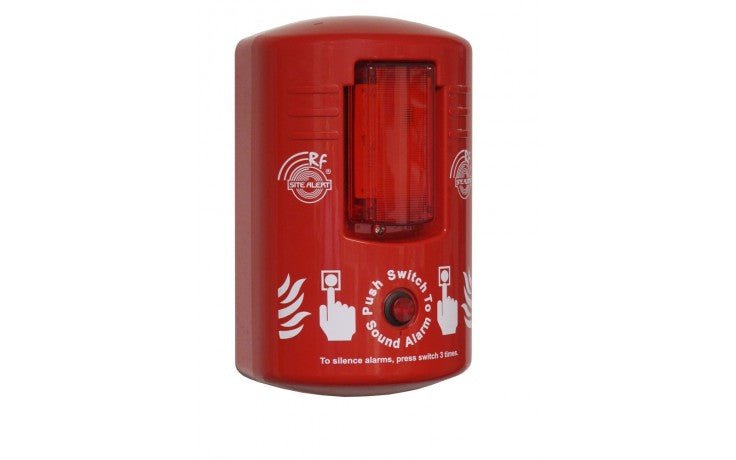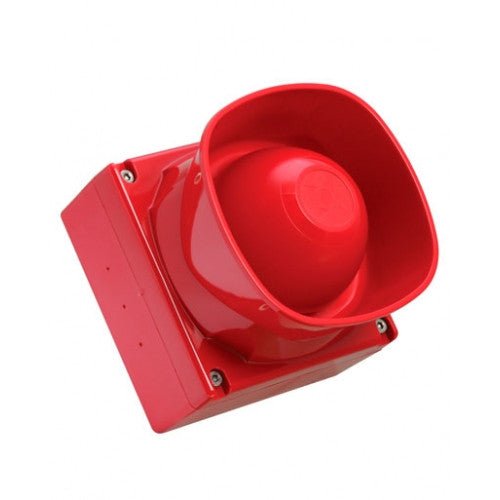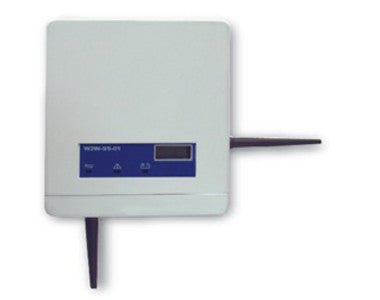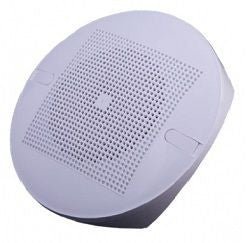
Wireless Smoke Detectors
33 products
Showing 1 - 24 of 33 products
The Ultimate Guide to Selecting Wireless Smoke Alarms for Your Home
Introduction
Welcome to our comprehensive guide on selecting wireless smoke alarms for your home. At Fire Trade Supplies, we understand the importance of keeping your loved ones and property safe from the devastating effects of fire. In this guide, we will explore the features, benefits, and considerations of wireless smoke alarms, helping you make an informed decision when it comes to protecting your home.
Why Choose Wireless Smoke Alarms?
Wireless smoke alarms offer several advantages over their wired counterparts. Here are some compelling reasons why you should consider wireless smoke alarms for your home:
-
Ease of Installation: Wireless smoke alarms eliminate the need for complicated wiring, making the installation process quick and hassle-free. You can easily mount them in optimal locations throughout your home without the need for professional assistance.
-
Flexibility: Unlike wired smoke alarms, wireless models can be easily relocated or expanded without the constraints of wiring limitations. This means you can adapt and upgrade your home's fire safety system as needed, providing maximum protection.
-
Interconnectivity: Wireless smoke alarms can be interconnected, allowing them to communicate with each other wirelessly. If one alarm detects smoke, it will trigger all interconnected alarms in your home, providing early warning and improving response time in the event of a fire.
-
Enhanced Safety: Wireless smoke alarms utilize advanced technologies such as photoelectric or ionization sensors to detect smoke particles quickly and accurately. This ensures early detection of potential fire hazards, giving you and your family more time to evacuate safely.
Key Features to Consider
When choosing wireless smoke alarms for your home, there are several key features to keep in mind. These features will contribute to the effectiveness and reliability of your smoke alarm system. Let's explore them in detail:
1. Sensor Technology
Wireless smoke alarms are available with different types of sensors, each designed to detect specific types of fires. The two most common sensor technologies are:
-
Photoelectric Sensors: These sensors are highly effective at detecting smoldering fires, such as those caused by cigarettes or overheated wiring. They work by detecting the presence of smoke particles in the air, triggering the alarm when a certain threshold is reached.
-
Ionization Sensors: Ionization sensors excel at detecting fast-flaming fires, characterized by rapidly spreading flames. They use a small amount of radioactive material to ionize the air between two electrically charged plates. When smoke enters the chamber, it disrupts the electrical current, triggering the alarm.
To maximize protection, consider purchasing wireless smoke alarms that combine both photoelectric and ionization sensors. These dual-sensor alarms provide comprehensive coverage against various types of fires.
2. Power Source and Battery Life
Wireless smoke alarms can be powered by batteries or a combination of batteries and an AC power source. Consider the following factors related to power source and battery life:
-
Long Battery Life: Opt for smoke alarms with extended battery life to minimize the frequency of battery replacements. Some models offer up to 10 years of battery life, providing long-lasting protection.
-
Low-Battery Warning: Look for smoke alarms that feature audible or visual alerts when the batteries are running low. This feature ensures that you are promptly notified when it's time to replace the batteries.
-
Backup Power: If you choose a model that operates on AC power, ensure it has a backup battery to provide continued protection during power outages.
3. Wireless Range and Inter connectivity
Consider the wireless range and inter connectivity capabilities of your chosen smoke alarms. These features will impact the effectiveness of your smoke alarm system:
-
Wireless Range: Evaluate the range of the wireless communication between alarms. Ensure that the alarms can effectively communicate with each other, even
in larger homes or multi-story buildings.
-
Inter connectivity: Opt for wireless smoke alarms that support inter connectivity, allowing them to communicate wirelessly with other alarms. This feature ensures that all alarms will sound when smoke is detected in any part of your home, providing comprehensive coverage.
4. Additional Features
Some wireless smoke alarms offer additional features that can enhance your overall fire safety system. Consider the following:
-
Carbon Monoxide Detection: Choose smoke alarms with built-in carbon monoxide (CO) sensors for dual protection against both fires and this deadly gas. CO is an odorless, colorless gas produced by fuel-burning appliances, and its detection is crucial for home safety.
-
Smart Connectivity: Certain wireless smoke alarms can be connected to your home's Wi-Fi network, allowing you to receive real-time notifications and alerts on your smartphone. These smart features provide an added layer of convenience and peace of mind.
Conclusion
Selecting the right wireless smoke alarms for your home is a crucial step towards ensuring the safety of your family and property. In this guide, we have explored the benefits, features, and considerations of wireless smoke alarms, empowering you to make an informed decision.
Remember to choose alarms with advanced sensor technology, long-lasting batteries, and wireless inter connectivity capabilities. Additionally, consider additional features like carbon monoxide detection and smart connectivity for enhanced safety and convenience.
Investing in a reliable and effective wireless smoke alarm system is an investment in your family's well-being and peace of mind. Stay proactive, stay safe!

The diagram above illustrates the inter connectivity of wireless smoke alarms in a home, ensuring comprehensive coverage and early detection of potential fire hazards.
Frequently Asked Questions (FAQs)
Q: Are wireless smoke alarms as reliable as wired smoke alarms? A: Yes, wireless smoke alarms are just as reliable as wired smoke alarms. They utilize advanced sensor technology to detect smoke and provide early warning in the event of a fire. With proper installation and regular maintenance, wireless smoke alarms can effectively protect your home and loved ones.
Q: How do I install wireless smoke alarms? A: Installing wireless smoke alarms is a straightforward process. Simply follow the manufacturer's instructions provided with the alarms. In general, you will need to mount the alarms on the ceiling or high on the wall, away from corners and air vents. Make sure to test the alarms after installation to ensure proper functioning.
Q: Can wireless smoke alarms be interconnected with existing wired smoke alarms? A: In most cases, wireless smoke alarms cannot be directly interconnected with existing wired smoke alarms. However, some manufacturers offer wireless adapters or bridge devices that allow integration between wired and wireless systems. Consult the product documentation or contact the manufacturer for specific guidance on interconnecting different types of smoke alarms.
Q: How often should I replace the batteries in my wireless smoke alarms? A: It is recommended to replace the batteries in your wireless smoke alarms at least once a year or as specified by the manufacturer. However, if your smoke alarms have long-life batteries, they may not require replacement for up to 10 years. Remember to test the alarms regularly and replace any batteries that are low or expired.
Q: Can I use wireless smoke alarms in rental properties? A: Yes, wireless smoke alarms are suitable for rental properties. They offer the flexibility of easy installation and relocation, making them a convenient choice for both homeowners and tenants. However, it's essential to check local regulations and consult with the property owner or management to ensure compliance with any specific requirements.
Q: How often should I test my wireless smoke alarms? A: It is recommended to test your wireless smoke alarms once a month to ensure they are functioning correctly. Most alarms have a dedicated "test" button that you can press to initiate a self-test. If the alarm does not sound during the test, check the batteries and contact the manufacturer for further assistance.
Q: Can wireless smoke alarms be integrated with smart home systems? A: Yes, many wireless smoke alarms can be integrated with smart home systems. This allows you to receive notifications and alerts on your smartphone or other connected devices in addition to the audible alarm. Check the product specifications or consult with the manufacturer to ensure compatibility with your desired smart home platform.
Q: Do wireless smoke alarms require professional monitoring services? A: Wireless smoke alarms do not necessarily require professional monitoring services. However, some homeowners opt for professional monitoring to receive immediate assistance in the event of a fire or other emergencies. It is a personal choice, and you can select a monitoring service based on your needs and preferences.
Q: Can I install wireless smoke alarms myself, or do I need professional help? A: Wireless smoke alarms are designed for easy installation, and you can typically install them yourself following the provided instructions. However, if you are unsure or prefer professional assistance, you can hire a licensed electrician or fire safety technician to ensure proper installation and placement of the alarms.
Q: Are wireless smoke alarms compatible with voice assistants like Amazon Alexa or Google Assistant? A: Some wireless smoke alarms are compatible with voice assistants and can be controlled or monitored using voice commands. This integration allows you to check the status of your smoke alarms or receive alerts through your voice assistant-enabled devices. Check the product specifications or consult with the manufacturer to determine if the alarms you choose offer this feature.
Frequently Asked Questions (FAQs)
Q: Are wireless smoke alarms as reliable as wired smoke alarms?
Q: How do I install wireless smoke alarms?
Q: Can wireless smoke alarms be interconnected with existing wired smoke alarms?
